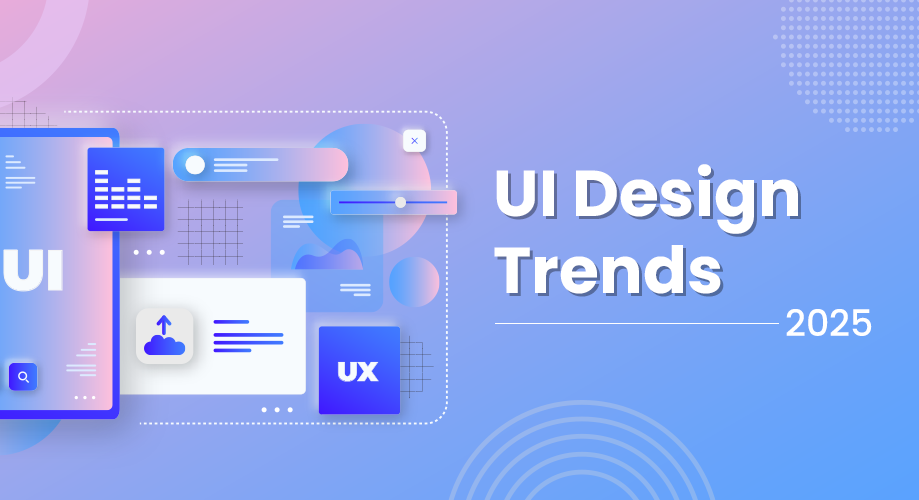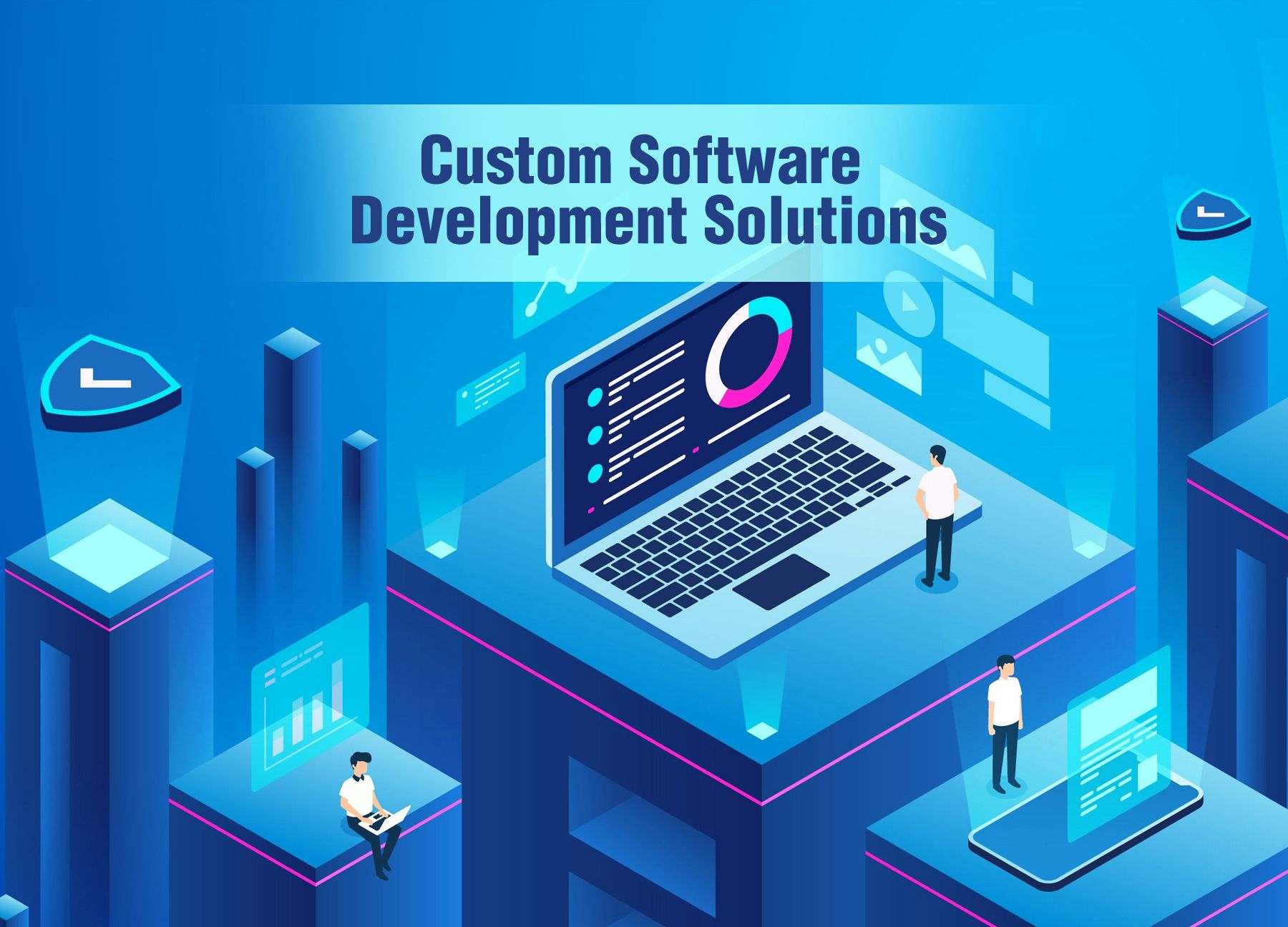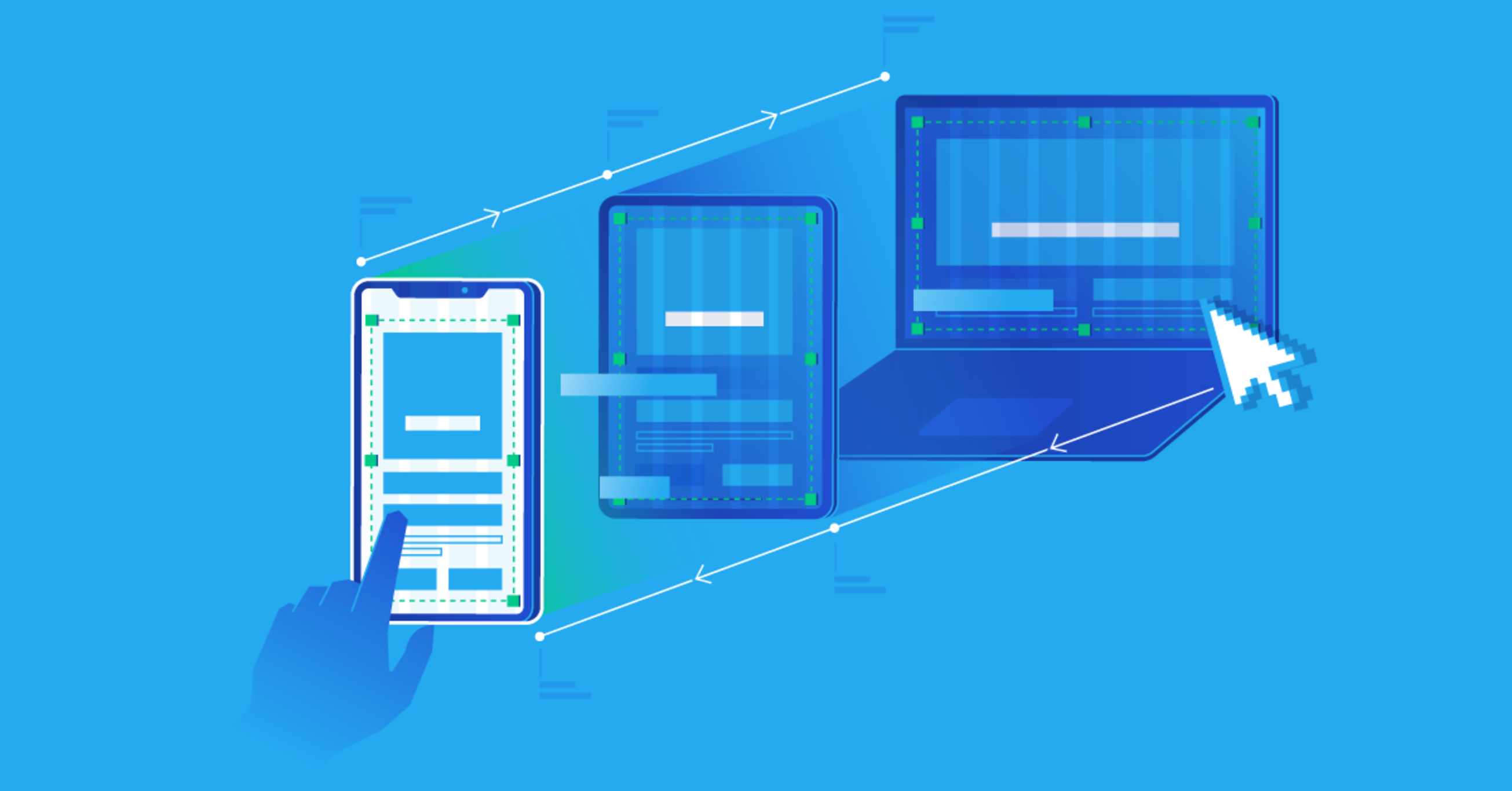The Future of UI/UX Design: Trends to Watch in 2025
UI/UX design continues to evolve rapidly, and staying ahead of the trends can give your product a competitive edge in user satisfaction and engagement.
Key Highlights
- Voice UI Integration: Seamless voice-command experiences are becoming the norm.
- AI-Powered Personalization: Real-time adaptation to user behavior improves relevance.
- Accessibility & Dark Mode: Inclusivity and eye-comfort are essential.
- Purposeful Minimalism: Clean layouts help users stay focused.
- Micro-Interactions: Subtle animations enhance usability.





